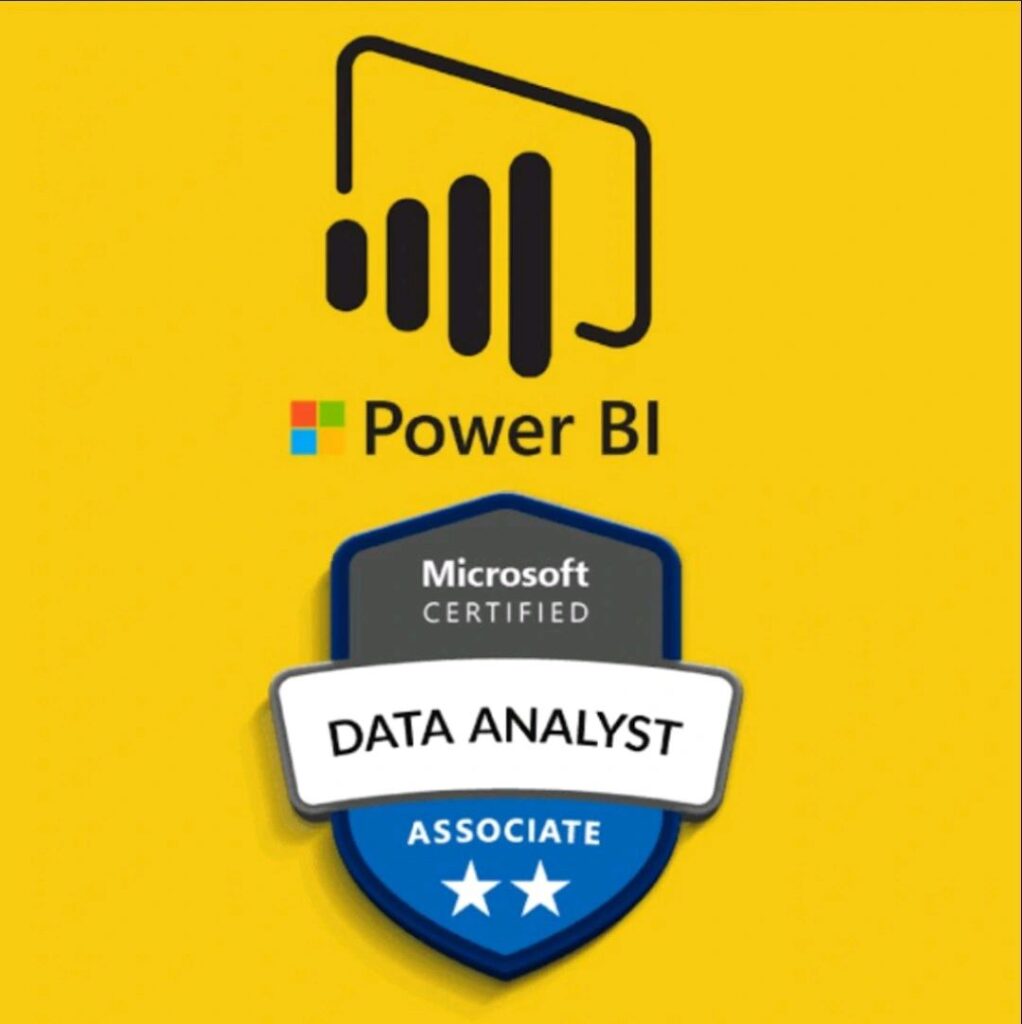SEO stands for search engine optimization, which is the process of improving the visibility and relevance of a website or a blog in the organic (non-paid) results of search engines like Google or Bing. SEO involves various aspects, such as keyword research, content creation, on-page optimization, link building, and technical SEO. Here is a brief explanation of each aspect with headings:
Keyword research
Keyword research is the process of finding and analyzing the words and phrases that users type into search engines when looking for information, products, or services related to your blog’s topic. Keyword research helps you understand what your target audience is searching for, how often they search for it, how competitive those keywords are, and what kind of content they expect to find.
Keyword research tools, such as Ahrefs’ Keywords Explorer1 or Moz’s Keyword Explorer2, can help you generate and evaluate keyword ideas based on various metrics, such as search volume, keyword difficulty, click-through rate, and more. You can also use Google’s autocomplete feature or Answer The Public3 to find long-tail keywords and questions that users ask.
The goal of keyword research is to find one main keyword and a few related keywords for each blog post that you write. The main keyword should be relevant to your blog’s topic, have a decent search volume and low to medium competition, and match the search intent of your audience. The related keywords should be semantically or topically related to your main keyword and help you cover the topic in depth.
Content creation
Content creation is the process of producing high-quality, engaging, and informative content for your blog that satisfies the needs and expectations of your target audience. Content creation involves choosing a suitable format and angle for your blog post, crafting a data-driven outline, writing the post in a clear and concise language, adding relevant images and videos, and proofreading and editing your post.
Content creation tools, such as Grammarly4 or Hemingway Editor, can help you improve your writing style, grammar, spelling, and readability. You can also use tools like Canva or Lumen5 to create attractive graphics or videos for your blog post.
The goal of content creation is to provide value to your readers by answering their questions, solving their problems, educating them on a topic, entertaining them with a story, or inspiring them with an idea. Your content should also be original, unique, and relevant to your main keyword and related keywords.
On-page optimization
On-page optimization is the process of tweaking the elements of your blog post and its HTML code to make it more relevant and understandable for both search engines and users. On-page optimization involves optimizing your title tag, meta description, URL slug, headings, body text, images, internal links, and schema markup.
On-page optimization tools, such as Yoast SEO or Rank Math, can help you check and improve the SEO performance of your blog post based on various criteria, such as keyword density, readability score, word count, image alt text, and more. You can also use tools like Google’s Rich Results Test or Schema Markup Generator to create and validate structured data for your blog post.
The goal of on-page optimization is to make your blog post as clear as possible for search engines and users by using your main keyword and related keywords in strategic places on your page. You should also make sure that your page loads fast , has a mobile-friendly design , and follows the web accessibility guidelines .
Link building
Link building is the process of acquiring links from other websites that point to your blog post. Links are like votes of confidence that signal to search engines that your blog post is trustworthy , authoritative , and relevant . Link building can help you improve your rankings , traffic , and reputation in your niche.
Link building tools , such as Ahrefs’ Site Explorer or Moz’s Link Explorer, can help you analyze the backlink profile of your blog post and find link opportunities from other websites. You can also use tools like BuzzSumo or HARO to find popular or trending content in your niche that you can leverage for link building.
The goal of link building is to get links from high-quality , relevant , and diverse websites that have a good reputation and authority in your niche. You should also avoid getting links from low-quality , spammy , or irrelevant websites that can harm your rankings or reputation.
Technical SEO
Technical SEO is the process of ensuring that your blog’s website is easy to crawl , index , and render by search engines. Technical SEO involves aspects such as site structure , sitemap , robots.txt file , canonical tags , redirects , HTTPS , site speed , mobile-friendliness , etc.
Technical SEO tools , such as Google Search Console or Bing Webmaster Tools, can help you monitor and troubleshoot the technical issues that affect your blog’s website performance and visibility in search engines. You can also use tools like Google’s PageSpeed Insights or Mobile-Friendly Test to measure and improve your site speed and mobile-friendliness.
The goal of technical SEO is to make your blog’s website as fast , secure , and user-friendly as possible for search engines and users. You should also make sure that your website follows the best practices and standards of web development and SEO.
These are the main aspects of SEO for a blog. By following these steps, you can optimize your blog for search engines and users, and increase your chances of ranking higher and getting more traffic. I hope this helps you understand how to do SEO for your blog. 😊




One Comment
Comments are closed.